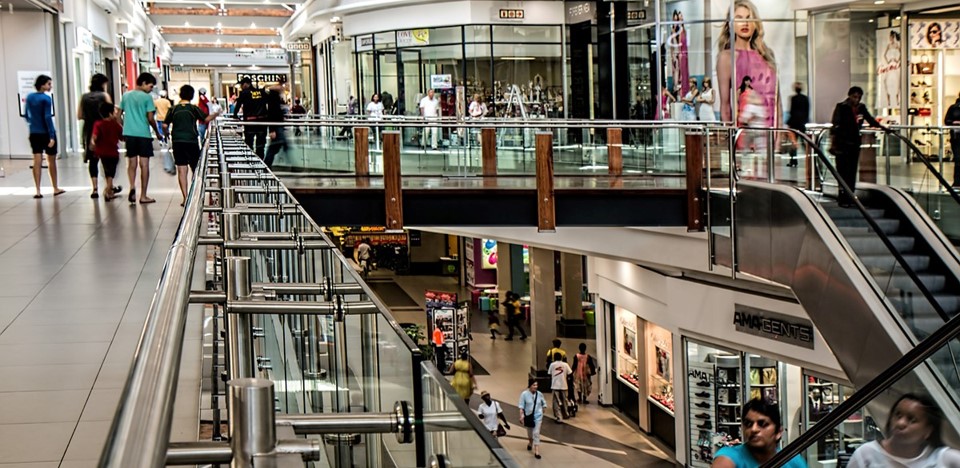Shopper Insights
18/12/17From Babylonian bazaars to high-street shops – it’s all about location and in-store insights
Through ages there has been a buzz where people meet. Bazaars, village main squares, taverns strung out of the walking paths in the middle of nowhere. Consequently, where people have met, items have been exchanged, sold and bought. Over centuries the hottest buzz has happened in specific locations where the ultimate purchasing decisions have been made. Today we call those locations shops, supermarkets, restaurants and shopping malls. Places where the final consumer testing is done every day, tracked with in-store insights and measured by sales.
People today form their opinions on products and services based on a more elaborate chain of experiences than their predecessors in Babylonia. In the past referral, for example a neighbour’s recommendation on where quality vegetables can be bought, carried huge value to the seller. Today referral is still a very strong opinion shaper but it definitely isn’t the only one. Social media, targeted dynamic content, and a multitude of offline and online channels form an ever-evolving mix for companies to get their messages across to those who buy.
Retail execution defines winners and losers
Market intelligence and consumer insights come in many shapes and forms. First of all the information may be specific to buyers, competitors, market conditions and trends, or in-store execution. Companies spend loads of money on ATL advertising and building brand awareness. But what if the products are poorly placed in the shops where consumers make their final decisions? What if the heavily invested POS campaign materials have not been taken into use by the retailer? What if the store staff recommends the customer to buy a competitor’s product instead? As a result, poor in-store execution may easily water down the efforts and investment companies spend on product marketing.

Market intelligence comes in many forms. In-store insights show what consumers think about campaigns, product placement, and competitors.
Designing store concepts, lay-outs and floor plans is an artform of its own right. Placing a pillar in the right place on the aisle directs consumer traffic to the desired section. Placing it poorly directs traffic elsewhere, which consequently results in lower sales. It is self-evident why belts are showcased next to trousers, and the relaxing background music played in fashion stores encourages customers to stay for longer. How about the noisy, rather clinical-looking burger chain restaurants with plastic chairs? All carefully designed; your extended stay is not encouraged because new customers need seats. Fast food, fast customer traffic.
Crowst is designed for location and in-store insights
Capturing information on product placement, campaigns, pricing, service quality and competitors in stores is not easy. In addition, it is also expensive. Traditionally only large companies can afford sending their own field force to visit stores to check retail execution. Furthermore, the same goes for working with partners to carry out mystery shopping studies in stores.
Today we live in the era of participation economy where consumers actively contribute and share opinions.
This belongs to past. Today we live in the era of participation economy where consumers actively contribute and share opinions. They adopt, establish and drive movements and ideas. Combine this with mobile technology and you are able to capture responses and pictures directly from the location. The Crowst solution provides all this today. Crowsters, people who respond to studies and carry out tasks using smartphones, cover thousands of consumers throughout Finland. Consider them either as your extended field force for in-store insights or a source of behavioural market intelligence. They are willing, incentivised and driven to share with you the things you need to hear and see.
Written by
Jyrki Kallinen
Tired of outdated and expensive research methods? Call or send me an email, we have the cure at Crowst.